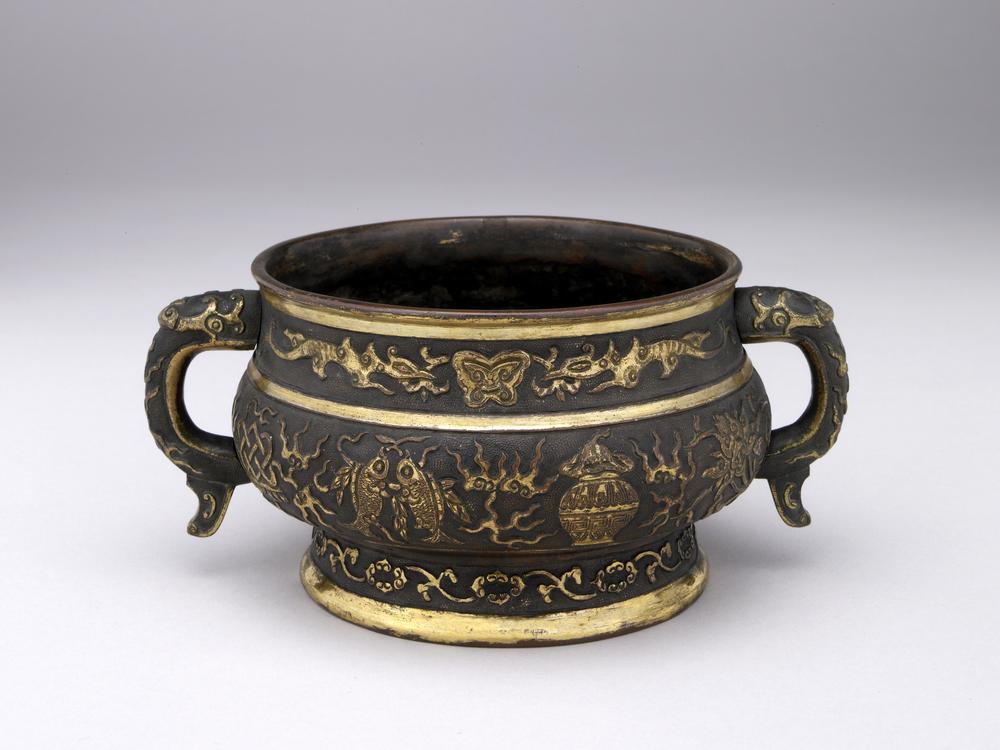Period:Unknown Production date:1994
Materials:paper
Technique:
Subjects:calligraphy furniture/woodwork
Description:
Calligraphy and painting, made of black ink on paper. Series of six compositions combining calligraphy and sketches of Chinese chairs and stools; all of which represent relationships within a family. In this composition (c), the mother has her say in the form of a well-known phrase from the Beijing opera: ‘How difficult relationships can be! It is hard for a stepmother to bring up a naughty boy’.
IMG
![图片[1]-calligraphy; painting BM-2002-0130-0.17.c-China Archive](https://chinaarchive.net/Unknown/Paintings/mid_IMG_8226.jpg)
Comments:Barrass 2002:Sa Benjie began to build on the insight he had gained from studying the late compositions of Qi Baishi (1863-1957), in which painting and calligraphy work together to tell a story. Through his close association with Wang Shixiang, the great scholar and collector of Chinese furniture, he had become fascinated by the history of individual pieces of furniture. He began to formulate the notion that each item of furniture developed a ‘personality’ of its own, and that this could be used as a mataphor for the thoughts and actions of human beings.
Materials:paper
Technique:
Subjects:calligraphy furniture/woodwork
Description:
Calligraphy and painting, made of black ink on paper. Series of six compositions combining calligraphy and sketches of Chinese chairs and stools; all of which represent relationships within a family. In this composition (c), the mother has her say in the form of a well-known phrase from the Beijing opera: ‘How difficult relationships can be! It is hard for a stepmother to bring up a naughty boy’.
IMG
![图片[1]-calligraphy; painting BM-2002-0130-0.17.c-China Archive](https://chinaarchive.net/Unknown/Paintings/mid_IMG_8226.jpg)
Comments:Barrass 2002:Sa Benjie began to build on the insight he had gained from studying the late compositions of Qi Baishi (1863-1957), in which painting and calligraphy work together to tell a story. Through his close association with Wang Shixiang, the great scholar and collector of Chinese furniture, he had become fascinated by the history of individual pieces of furniture. He began to formulate the notion that each item of furniture developed a ‘personality’ of its own, and that this could be used as a mataphor for the thoughts and actions of human beings.
© Copyright
The copyright of the article belongs to the author, please keep the original link for reprinting.
THE END
![[Qing Dynasty] British female painter—Elizabeth Keith, using woodblock prints to record China from the late Qing Dynasty to the early Republic of China—1915-China Archive](https://chinaarchive.net/wp-content/uploads/2022/11/image-191x300.png)




